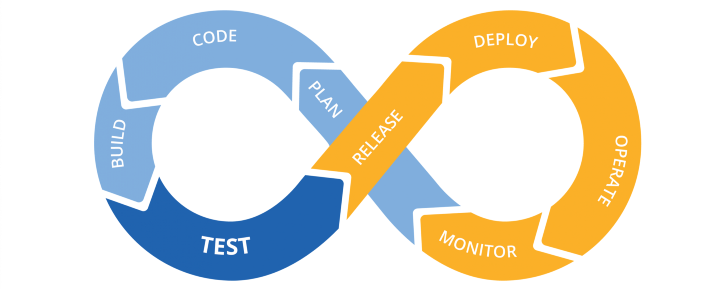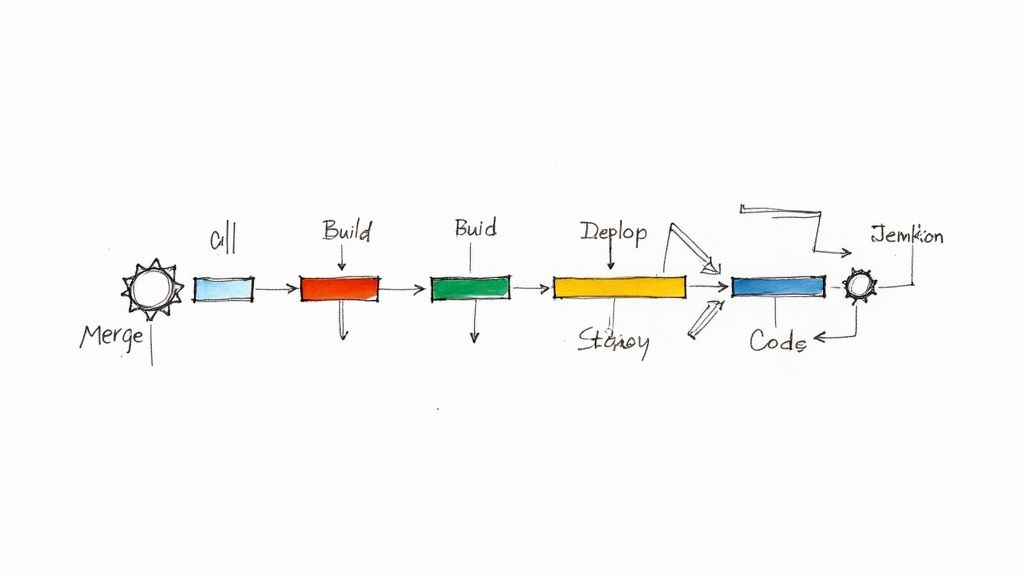How to Increase Software Developer Efficiency?

There isn’t a universal formula for software developer efficiency. If there were, sprint cycles wouldn’t be so chaotic with the next deadline always looming like a dark cloud.
There are, however, tried and proven strategies for maximizing efficiency in software development. Consider these implementations for your next sprint planning meeting.
Establish a timeframe for each stage of the Software Development Lifecycle (SDLC)🧑🏻💻
Each stage in the software development lifecycle should be meticulously detailed with a timeframe for completion. To avoid confusion and second-guessing, each stage should include:
- A roster of staff along with their designated roles.
- A list of tasks organized into sub-stages, each with its own staff roster and deadlines.
- Viewable notes and comments in real-time that update the team on progress or delays.
A helpful tip on the SDLC
Maximize the role of each member. If there’s a member who only has a role in the testing stage, for example, what secondary role can he/she contribute in the earlier defining or designing stages? As a general rule, each member should have a role in at least half of the total stages, even if just as a secondary or support role.

End each SDLC with a review ✅
After the product has undergone the full SDLC, perform a sprint review. In this after-action audit, you have the hindsight of reviewing how the process went. A good way to conduct these reviews is to come up with the following:
- Five things that went well.
- Five things that didn’t go well.
- Five things to improve on and to incorporate into future SDLCs.
The sprint review is your blueprint when mapping out an SDLC or implementing new sprint layouts for upcoming projects.
A few notes on after-action reviews
- This is spearheaded by the SDLC’s scrum master, with everyone involved in the project in attendance.
- Make the session an open meeting where any and all input are welcome.
- Keep the meeting casual; remember that everyone has just completed an intensive SDLC involving multiple sprints.
Prioritize minimum viable product (MVP) development 🥇
Efficiency in software development begins with the MVP, the foundation from which you can perform further refining and work out the bugs. Allocate more time to build a strong base.

When mapping out the process for creating an MVP, be sure the product addresses the following:
- Customer segment - Define the target demographic. Who will be using the software in its final version? The same demographic is also the user base you’ll seek out when testing the product in its beta phase.
- Value proposition - What value does this new software provide to users that they can’t already find elsewhere? In other words, define the benefits (e.g. automation, affordability, intuitive navigation, etc.)
- Channel - What are your channels for reaching the customer segment? Typical avenues include social media, email, Line, or Skype Group messages.
- Customer relationship - Measure the effectiveness of the software over time by staying in contact with the customers testing the product. Consistently acquire their feedback and measure how sentiments change over time.
Establish the metrics for gauging efficiency 📊
Before the SDLC begins, compile a list of metrics to measure the flow of progress. Implement the following metrics in the SaaS sphere:
- Code Churn - This reflects the number of code lines that were added or edited during a set window of time. A rise in code churn may be an indicator of excess bugs in the program. This is a must-use evaluator for assessing code efficiency in software engineering.
- Escaped Defects - This measures the number of bugs discovered post-release. Escape defects are especially a valuable metric during the MVP’s beta testing phase.
- Sprint Goal Success Rate - Calculates the percentage of items completed at each stage of a sprint backlog.
- Release Burndown - Measures the progress in relation to the completion or release date. This provides a useful overview of the remaining time in relation to the workload.
- Open/Close Rates - Measures the number of issues that arise, or open, during production and the time it takes to resolve the issue.
Automate as much as possible for software developer efficiency 🤖
Code merging is normally a time-intensive process. Fortunately, this is one area that developers can partially automate. An open-source platform like Mergify makes code merging a far more seamless endeavor.

Our bots automatically start the merging sequence once the pull request passes the checks. The system also only enables coders that follow your established rules, thus drastically scaling down on errors and merge conflicts.
The process is simple; write your rules in YAML, enable Mergify, and allow the system to update pull request statuses. Save time and watch in real-time as the system merges pull requests using only your specified conditions.
Simplify with Mergify 🥰
Mergify isn’t the be-all end-all. Software development will always be an intensive process that requires effective time management, organization, and communication. However, there are areas you can simplify through automation. Make Mergify an integral part of your planning and execution for greater software development efficiency in every sprint cycle.





